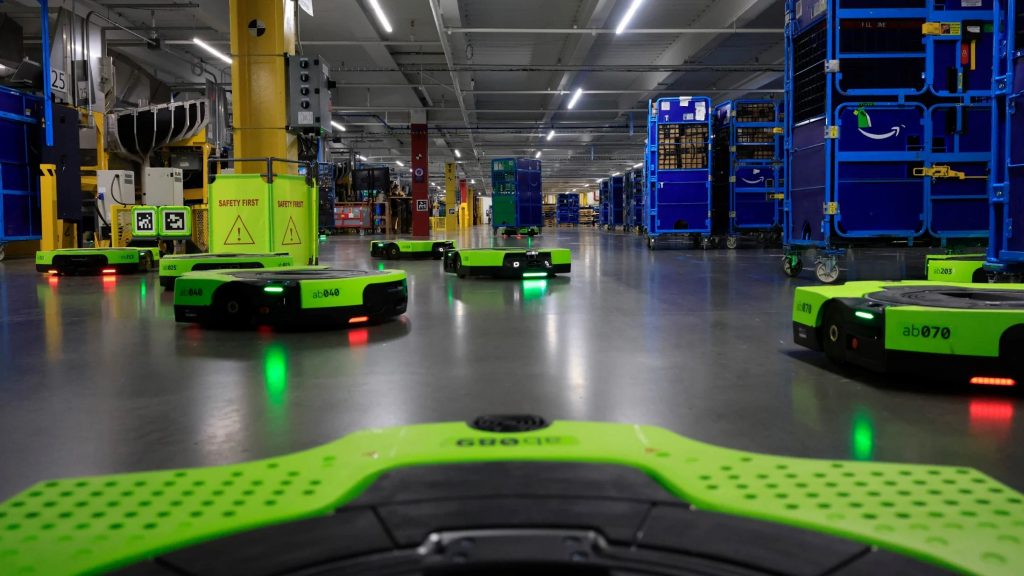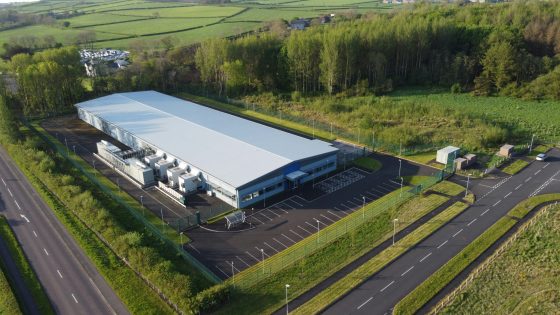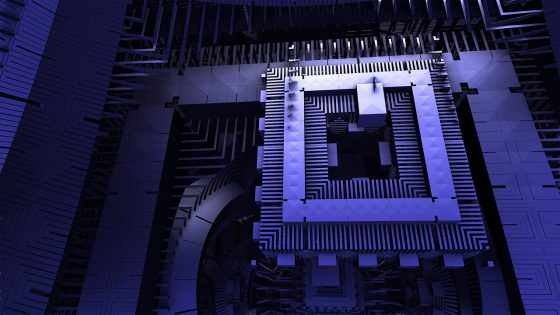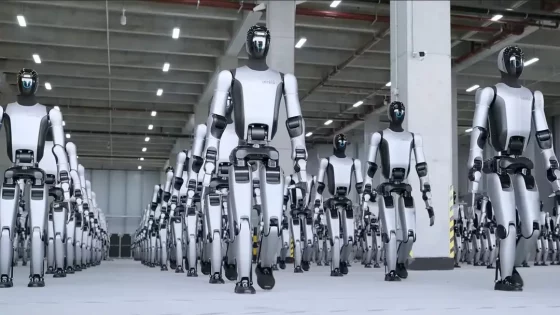Amazon already uses a million robots

Amazon has reached a major milestone in warehouse automation, having recently delivered its millionth robot to a facility. The robot was delivered to a logistics center in Japan, confirming Amazon's status as the world's largest developer and operator of mobile robotic systems, which now operate in more than 300 facilities.
At this milestone, Amazon also introduced DeepFleet, a generative artificial intelligence (AI) model designed to optimize the movement of robots across a global network of warehouses. DeepFleet acts as an intelligent control layer that directs thousands of autonomous mobile robots in densely populated warehouses. In this way, it reduces congestion on the robot transport routes in warehouses. This increases throughput, reduces energy consumption and ensures that inventory is closer to customers and employees, which shortens delivery times.
Unlike traditional task-focused UI applications, DeepFleet integrates warehouse navigation, inventory allocation, and task prioritization into a single model. The system learns from real-time operations and adjusts its decisions on the fly, becoming increasingly efficient and capable for large-scale logistics.
DeepFleet is expected to improve the efficiency of its robotic fleet by approximately 10 %, reducing operational costs and accelerating deliveries. The system is based on Amazon's internal logistics data and AWS services such as Amazon SageMaker, which enables model learning and adaptation.
Amazon began its robotic journey in 2012, using just one type of robot in its warehouses. Today, it has a fleet of a variety of robots, each with a specific logistical role. Hercules carries inventory weighing up to 1,200 pounds, Pegasus handles precise sorting and routing of packages, and Proteus is Amazon's first fully autonomous mobile robot that safely navigates areas where humans work.
Amazon emphasizes that robots do not replace employees, but rather enable them to perform safer and more specialized tasks. Since 2019, it has trained more than 700,000 employees through internal programs, including in technical areas such as systems management, robotics maintenance, and engineering.






























